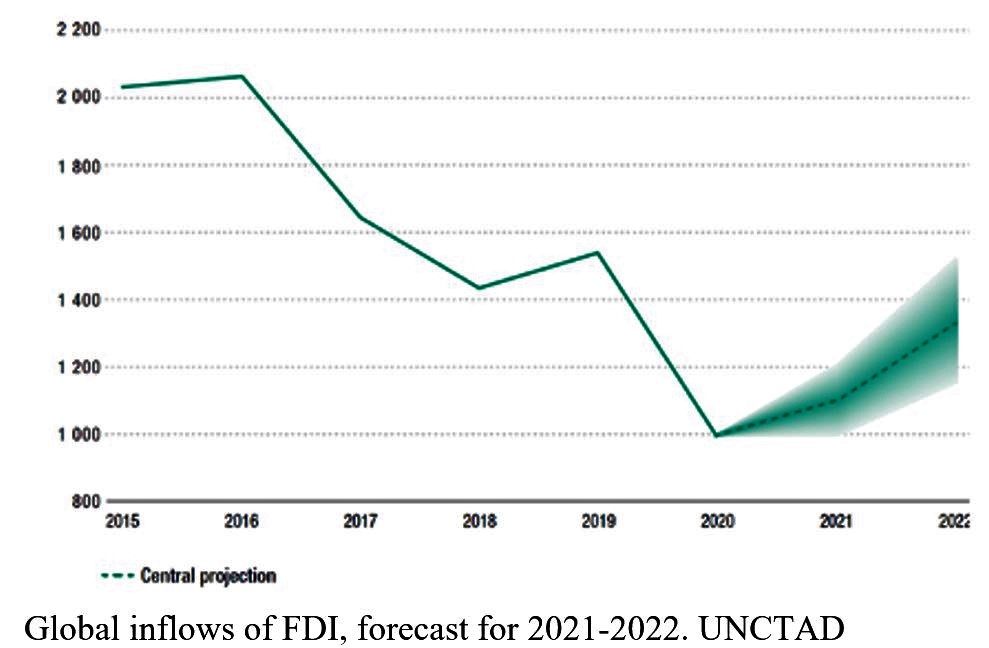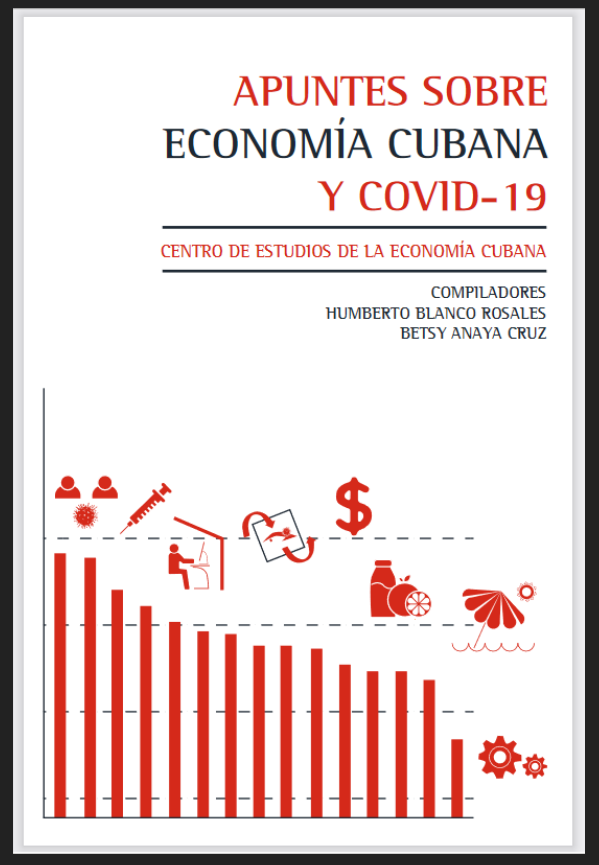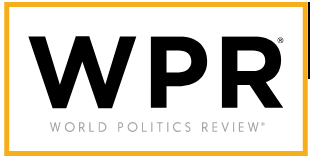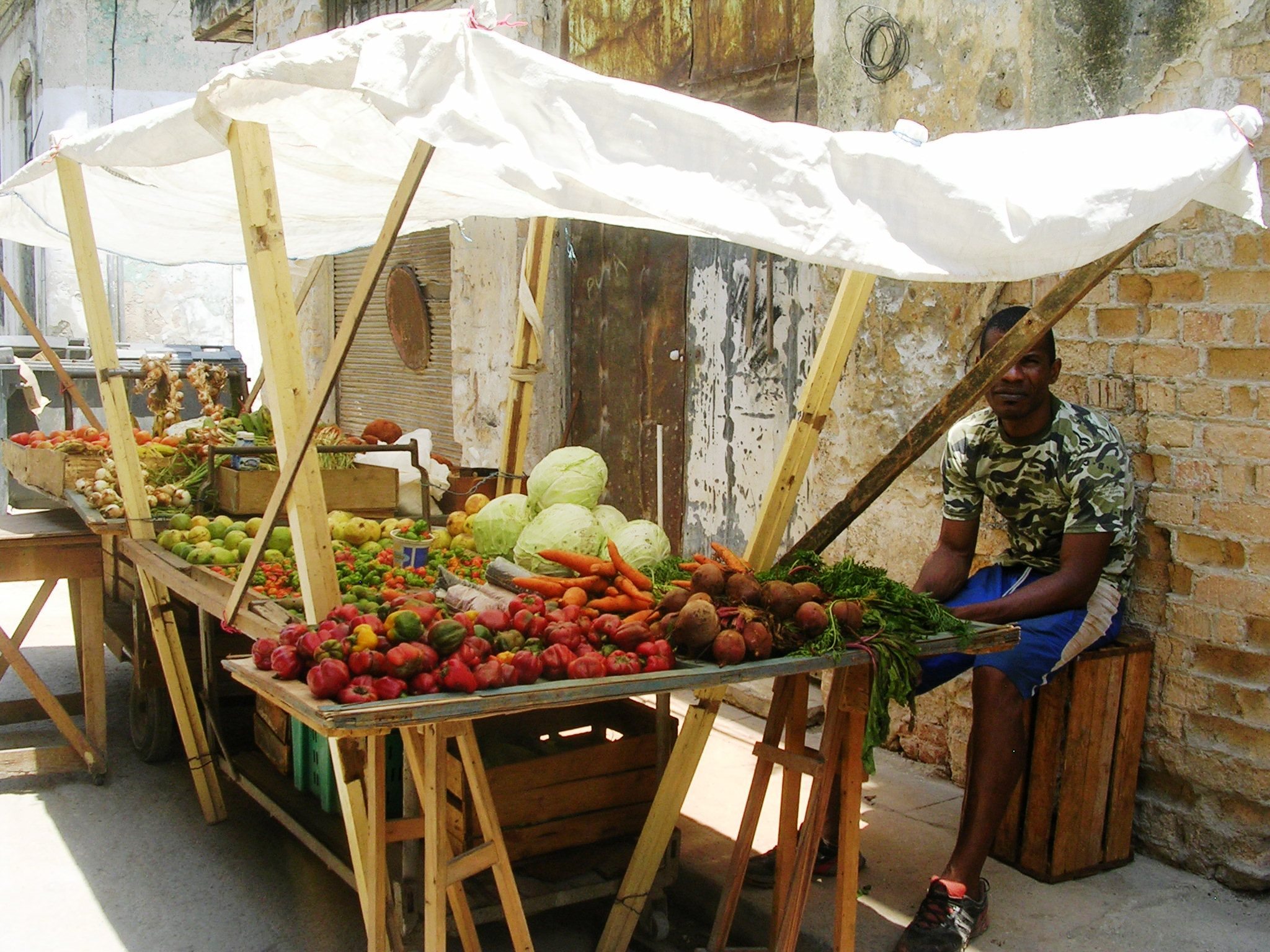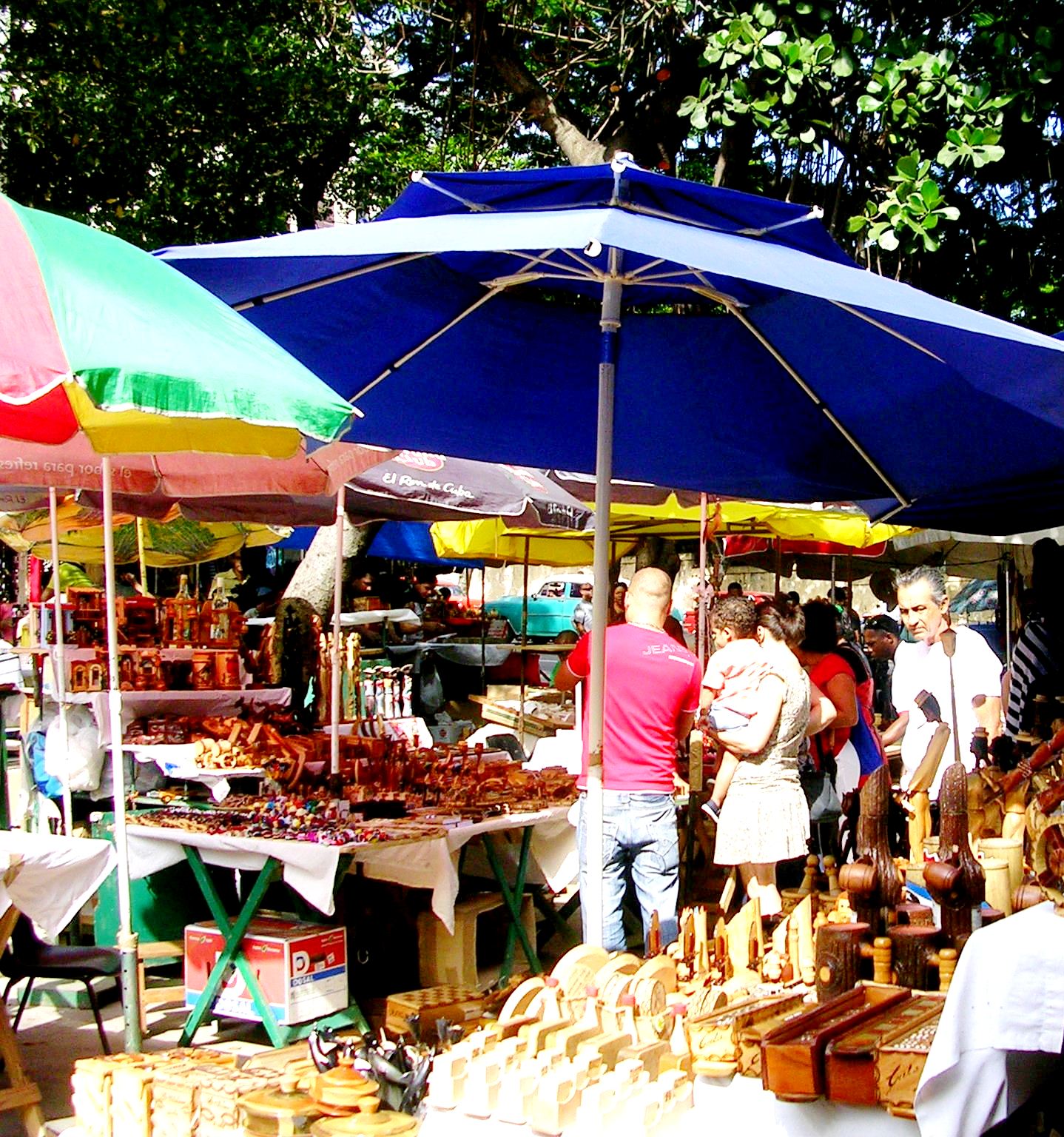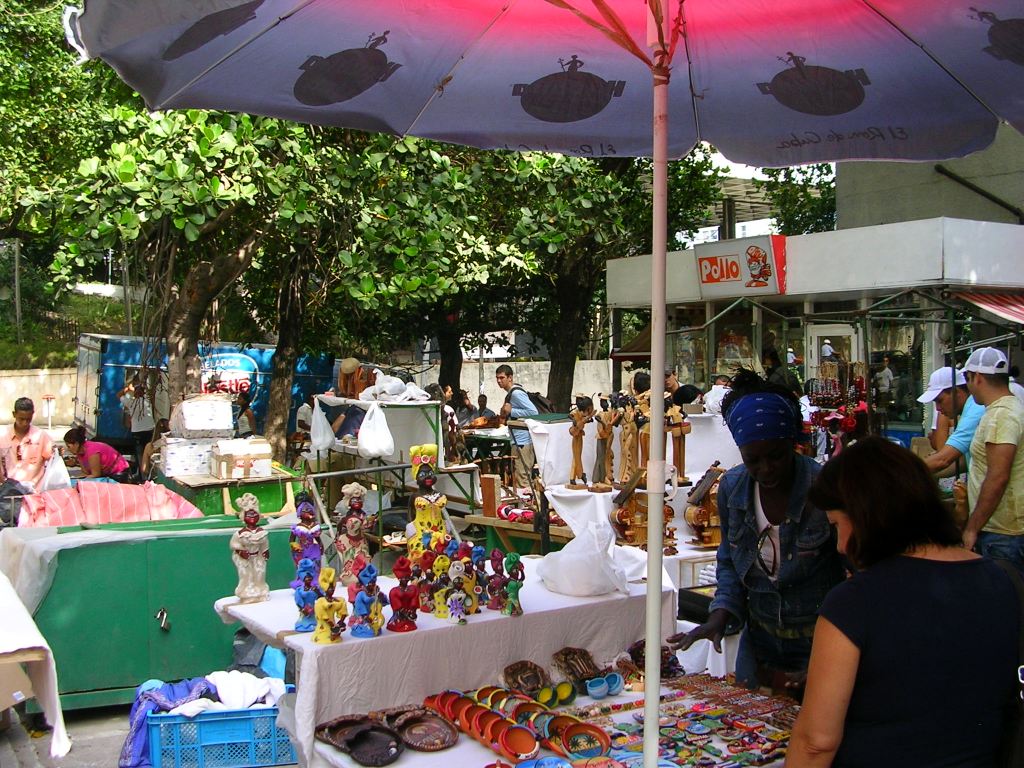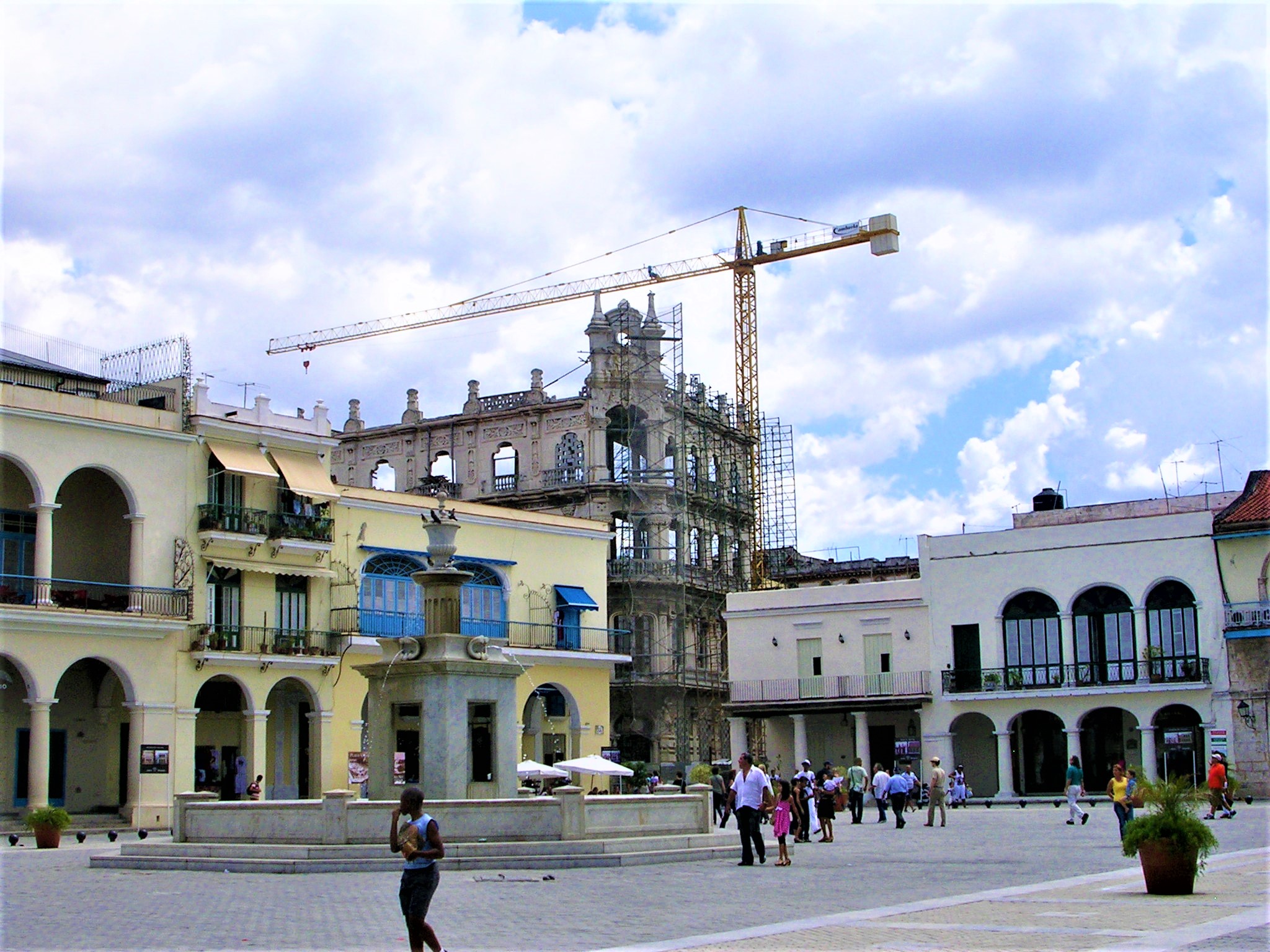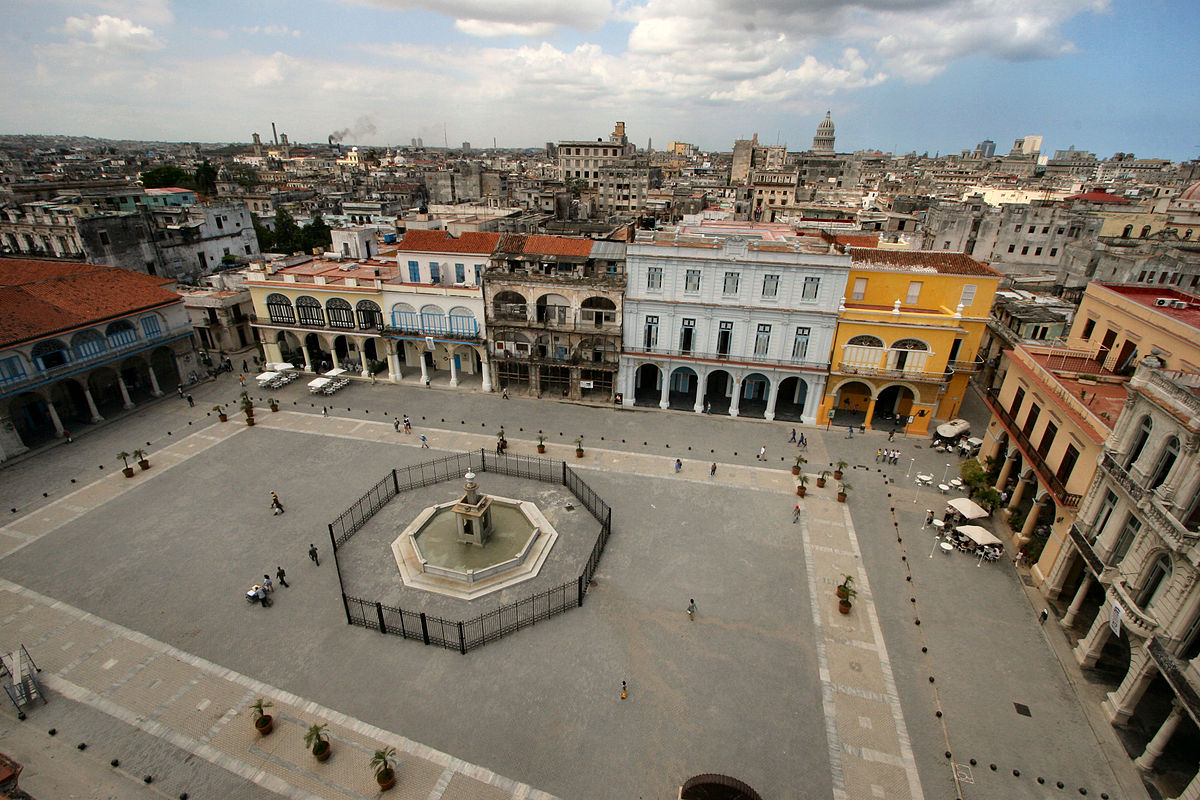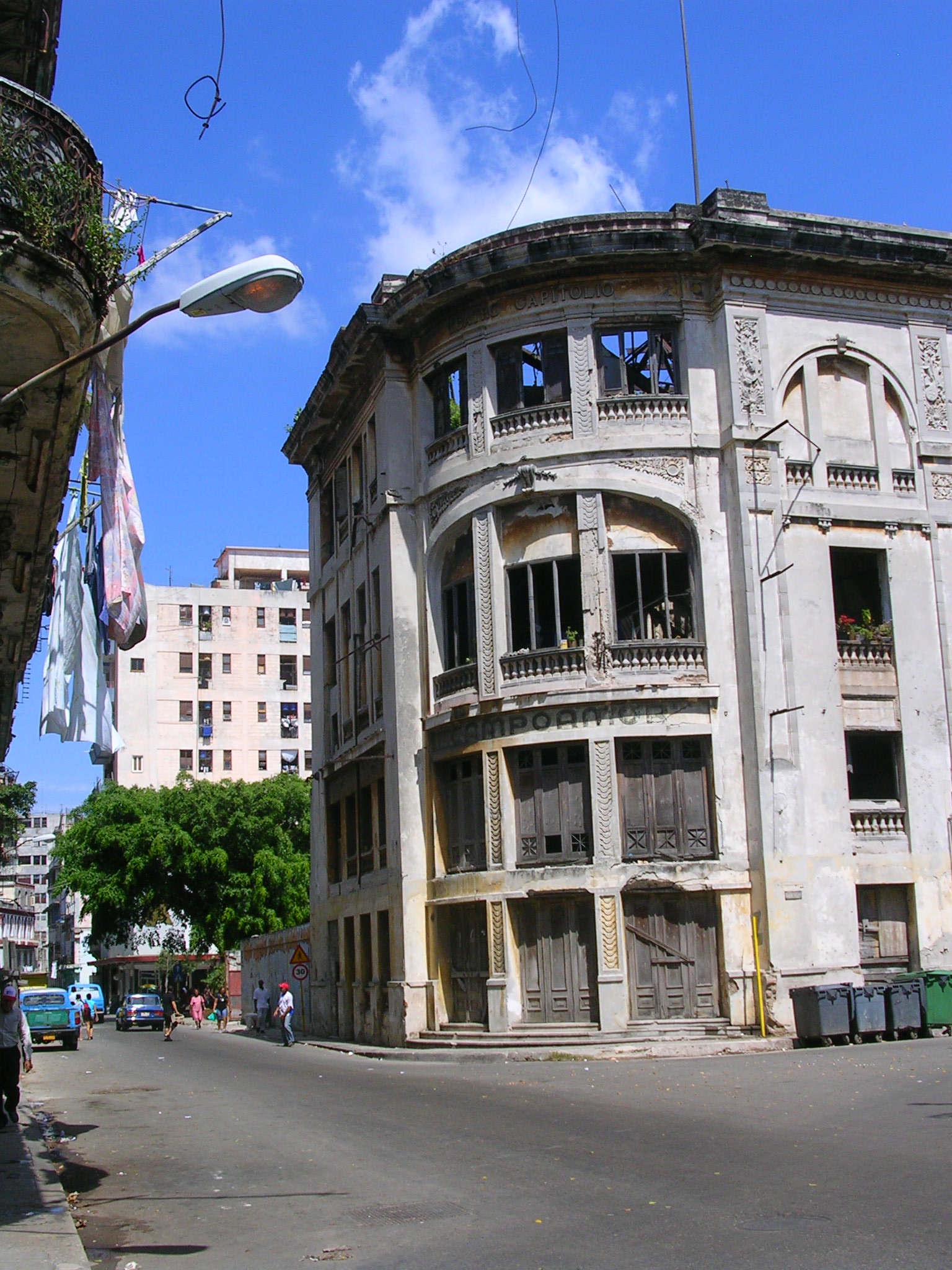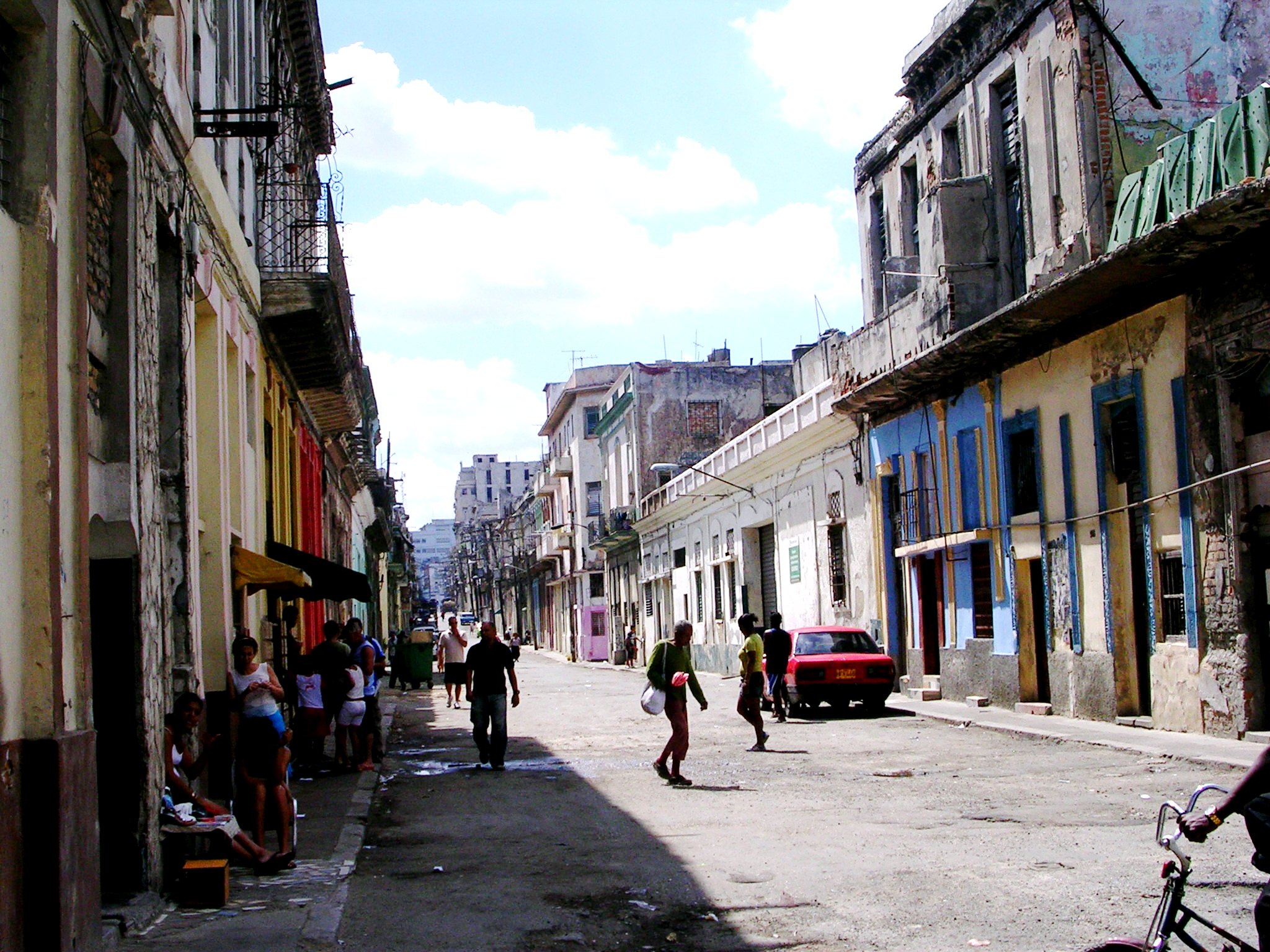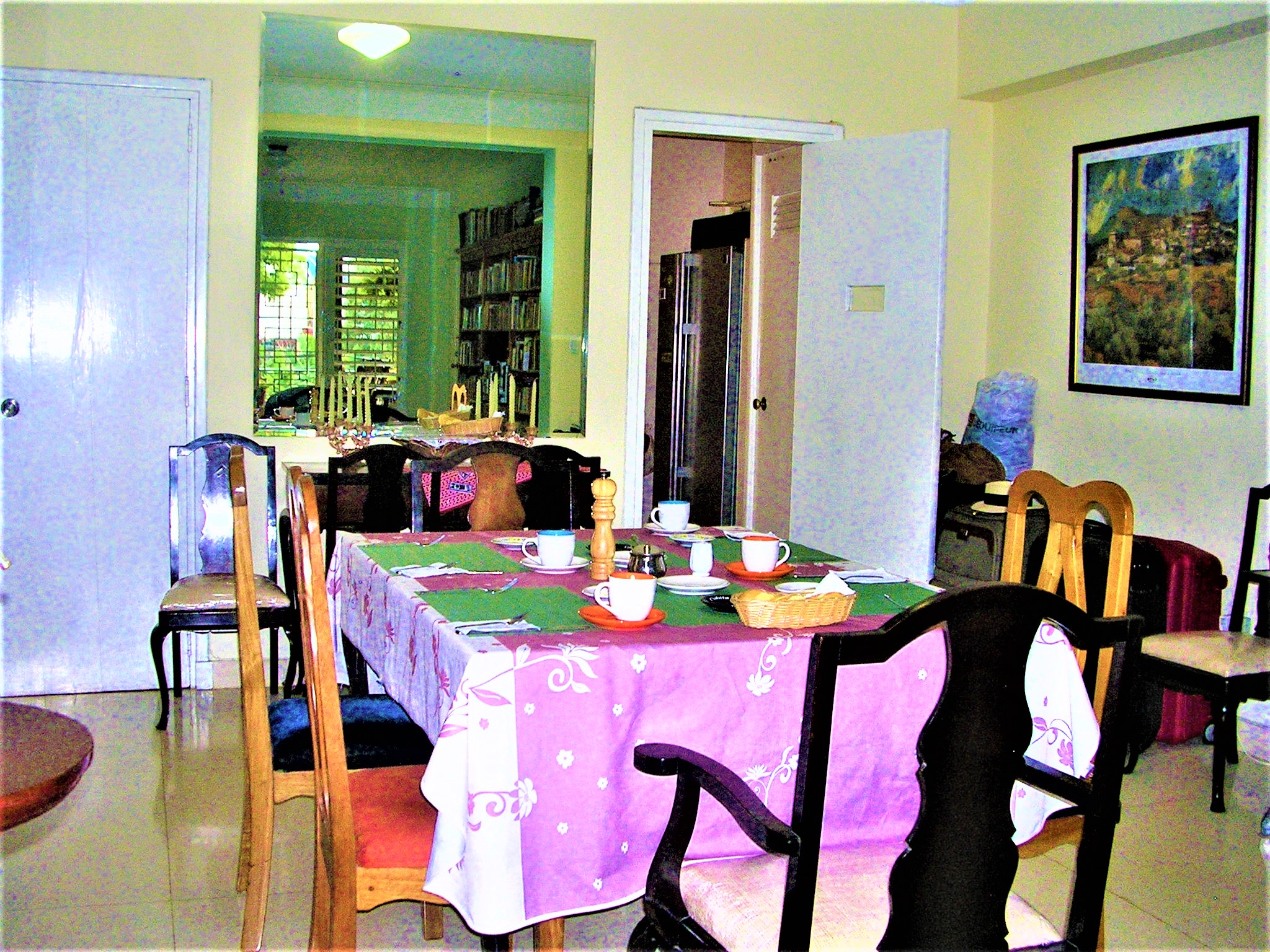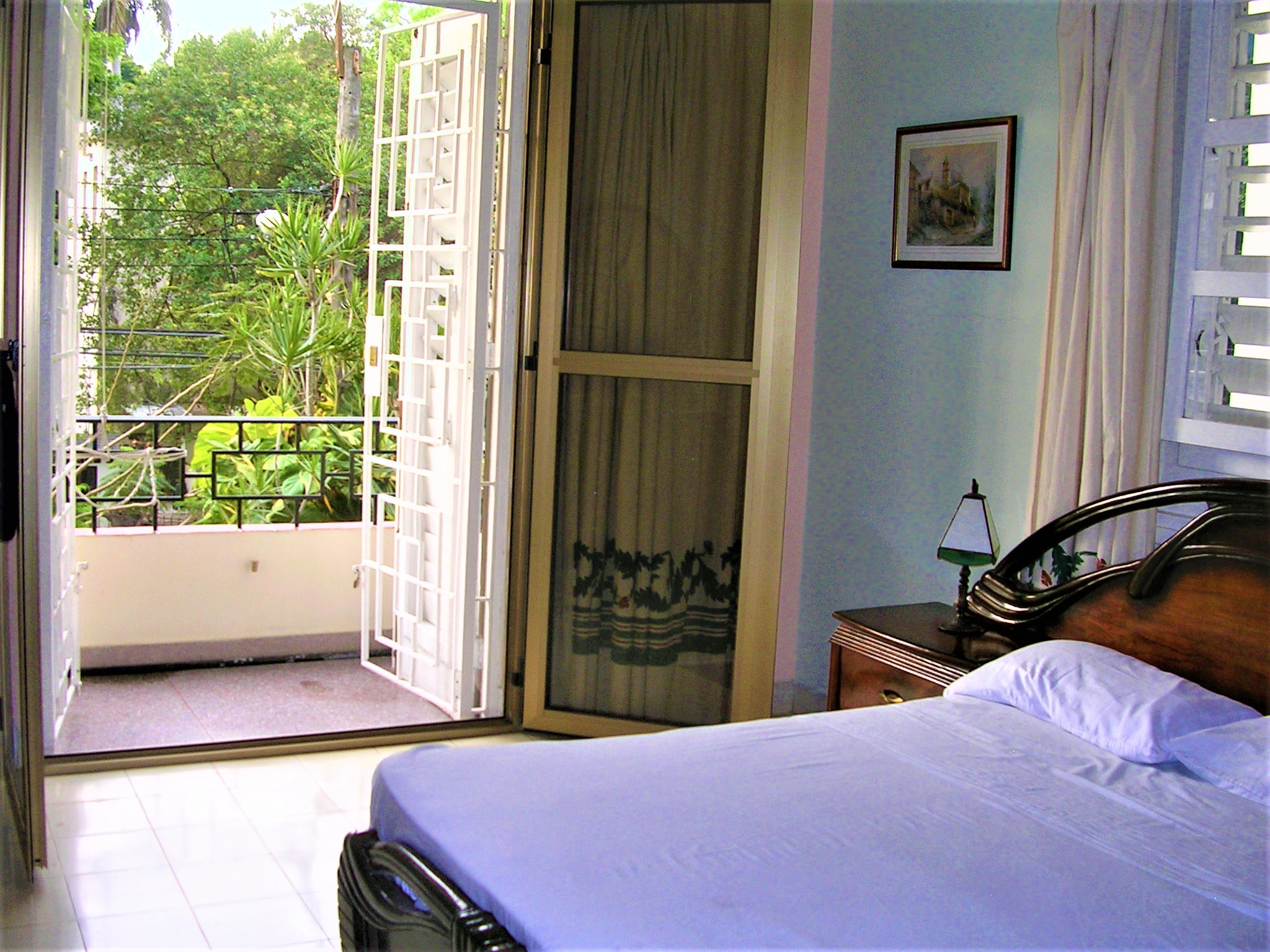 Por Pavel Vidal Alejandro, Diciembre de 2018.
Por Pavel Vidal Alejandro, Diciembre de 2018.
Este año el crecimiento económico nuevamente quedará por debajo del plan oficial. Desde el tercer trimestre el gobierno cubano ajustó la meta de 2 por ciento a 1 por ciento, después de obtenerse un crecimiento de 1,1 por ciento en el primer semestre. Se sabía que este iba a ser un año complicado para sectores claves como el turismo y la industria azucarera, y para el sector exportador en general. Se sabía que este año el entorno económico iba a ser desfavorable y que iba a ser difícil encontrar impulsos al crecimiento debido a las secuelas que dejó el huracán Irma en la agricultura, a los problemas por los que sigue atravesando Venezuela (a pesar del aumento en el precio del petróleo), y debido al efecto de las medidas de la Administración Trump sobre el arribo de visitantes. A ello se le une una situación financiera nacional que todavía no se recompone y que obliga a mantener contraídas las importaciones.
Los últimos datos de la Oficina Nacional de Estadísticas e Información (ONEI) confirman la complicada situación por la que atraviesa el comercio exterior cubano, evidenciando que los shocks internacionales (la crisis venezolana y las nuevas restricciones en la política de Estados Unidos) y los atrasos en las deudas comerciales, tienen una alta responsabilidad en lo que sucede con el PIB. Las exportaciones de bienes y servicios presentaron un crecimiento nulo en 2017 (medidas a precios contantes), lo que lleva a acumular cuatro años sin aumento real de los ingresos externos. Ello exige ajustar las importaciones y limita la disponibilidad de insumos para el sector productivo. Las importaciones reales cayeron un 1,6 por ciento en 2017, en 2016 también habían caído (-10,6 por ciento) y en 2014 (-1,5 por ciento).
Probablemente a finales de diciembre se anuncie un dato oficial de crecimiento del PIB algo mayor que cero, que otra vez contrastará con una realidad que se sigue pareciendo más a una recesión. Los enormes problemas para cumplir los compromisos financieros con proveedores e inversionistas, la escasez de productos básicos, y la dinámica de los precios de los bienes de consumo, cada vez coinciden menos con las estadísticas oficiales del PIB y del Índice de Precios al Consumidor.
El crecimiento económico cubano se mantiene en una media de 1,7 por ciento en los últimos cinco años, según unos registros oficiales (que probablemente esconden una ligera recesión). Pero, así y todo, es meritorio ver cómo las autoridades cubanas han logrado mantener a flote una parte de la actividad productiva mientras el principal socio comercial (Venezuela) ya ha perdido la mitad de su PIB. Con la dependencia que aún mantiene Cuba de Venezuela para la exportación de servicios profesionales (médicos, principalmente) y para la importación de petróleo, sigue pareciendo increíble el resultado.
Ciertamente, esta es una capacidad que han desarrollado las autoridades económicas después de tres décadas de funcionamiento bajo restricciones financieras casi constantes. Las estructuras económicas monopólicas y controladas centralmente, las cadenas de suministros administradas por el Estado, los mercados racionados, y las regulaciones financieras y cambiarias se activan al máximo bajo el mando político en épocas de crisis, y se ponen en función de distribuir y en tratar de repartir prioritariamente los escasos ingresos.
Se debe reconocer que es un sistema que ha mostrado ser efectivo para manejar las crisis y evitar el colapso económico, como también ha sido “efectivo” en limitar la iniciativa privada, la innovación y el despegue de la productividad. Es un sistema que tiene el récord de mantener al país con las menores tasas de inversión de América Latina. Y así lleva casi 30 años ya el aparato productivo cubano: no colapsa del todo, pero tampoco hay progreso económico.
Dos amortiguadores del shock venezolano
En estos últimos años la economía cubana ha logrado, además, encontrar otras dos vías para amortiguar el shock venezolano. En primer lugar, el impulso que alcanzó desde 2015 el arribo de turistas. Un crecimiento promedio de 16 por ciento por tres años ayudó a obtener otras fuentes de ingresos externos (aunque no alcanzó para hacer crecer el total de las exportaciones), y dinamizó al sector privado y a la inversión extranjera directa.
Por eso ha sido tan preocupante que en 2018 el sector turístico se haya desacelerado. Las restricciones de viaje para los ciudadanos estadounidenses y la mala publicidad que generan los supuestos “ataques sónicos”, han tenido un efecto prolongado en el mercado turístico cubano. Desde 2015 hasta 2017, el arribo de visitantes desde Estados Unidos (incluyendo cubanoamericanos) había venido creciendo a una tasa promedio anual de 44 por ciento y había duplicado su participación en el total de visitantes a la Isla (en 2017 llegó a representar un 22 por ciento del total de la demanda). Sin embargo, en el primer semestre de 2018 los visitantes desde Estados Unidos acumulaban una caída del 24 por ciento en comparación con igual período de 2017.
Se puede estimar que, de no ser por la nueva política estadounidense, Cuba podía haber llegado a la cifra de los 5,7 millones de visitantes en 2018, bastante por arriba de los 4,9 a los que se debe llegar este año. Así, el empeoramiento de las relaciones con Estados Unidos, ha implicado recibir alrededor de 785,000 turistas menos en 2018, lo que tiene un costo para la economía cubana de alrededor de US$557 millones, por concepto de ingresos no recibidos (ver Cuba Standard Economic Trend Report, 2018 tercer trimestre). Este es un impacto incluso mayor que el estimado de US$300 millones que se dejarían de recibir por la cancelación del programa médico cubano en Brasil.
Afortunadamente, la tendencia de los últimos datos mensuales de arribo de visitantes internacionales evidencia una significativa recuperación en la demanda por el mercado turístico cubano. Gracias a esta tendencia positiva, ya en el tercer trimestre de 2018 la cantidad de visitantes fue un 5 por ciento mayor que los recibidos en igual período de 2017. Tal resiliencia de la demanda por el mercado cubano es un excelente dato para la economía de la Isla, dado que el turismo será clave para la dinámica de 2019.
En segundo lugar, ha funcionado también como amortiguador la política fiscal expansiva. En 2017 el gasto de gobierno fue el componente de la demanda agregada que más creció a precios constantes: un 2,2 por ciento. Desde 2015 viene aumentando el gasto del presupuesto del Estado y el déficit fiscal como proporción del PIB. Después de años de austeridad fiscal, el gobierno echó manos del gasto fiscal para amortiguar los efectos de la crisis venezolana.
Para reducir los efectos inflacionarios de esta política fiscal expansiva, el Ministerio de Finanzas y Precios ha venido estrenando en grande los bonos públicos. Es decir, ya no se imprime dinero nuevo para financiar el gasto fiscal que no tiene respaldo en ingresos, sino que lo financian los bancos comerciales estatales al comprar los bonos públicos.
Tal política fiscal anticíclica ha amortiguado la caída del PIB, pero lo preocupante es que ha generado un hueco fiscal por encima de 8,000 millones de pesos en 2017 (8,6 por ciento del PIB) y de cerca de 12,000 millones de pesos para 2018 (alrededor de un 12 por ciento del PIB). El déficit fiscal en pesos corrientes es el histórico más alto y, en relación al PIB, es una proporción que no se veía desde la crisis de inicios de los años 90. No cabe duda de que la expansión fiscal ayuda al crecimiento del PIB en el corto plazo, pero sobre una burbuja financiera que se está acumulando en la forma de bonos públicos en manos de los bancos comerciales estatales.
Los cambios irrelevantes en el margen
Y no se puede obviar la pérdida de dinamismo en las reformas estructurales, lo cual mantiene estancado el potencial de crecimiento de la economía. Es decir, hay factores cíclicos y coyunturales, pero también siguen lastrando el potencial de crecimiento tanto la dualidad monetaria y las ineficiencias del sector empresarial estatal, como las restricciones sobre la agricultura y al sector privado, todo lo que impide acumular más capital físico y hacer un uso intensivo de la tecnología y el capital humano.
El presidente Díaz-Canel, por el momento, se mantiene en la senda de las transformaciones graduales que no tocan la columna vertebral del sistema centralizado y el monopolio de la empresa estatal. Ello coincide con las expectativas de un Presidente que no llega al poder presentando una agenda propia, sino que fue seleccionado por la generación de los “históricos” para darle continuidad al programa definido durante el período de Raúl Castro.
Una manera simple de ilustrar la manera en que se vienen aplicando las reformas es la siguiente. Si hay que cambiar diez cosas para que funcione eficientemente un sector productivo, un mercado o un mecanismo económico, el gobierno cubano va a cambiar solo dos, y estas dos nunca van a ser las más importantes. Con ello, mantienen la imagen de reforma, minimizan los conflictos y divisiones políticas al interior del gobierno y el Partido, pero gastan tiempo y energía en producir transformaciones que no tienen la posibilidad de ofrecer resultados significativos, dado que no se han cambiado las otras ocho cosas que impiden el funcionamiento eficien Lo acabamos de ver este año cuando se deciden realizar modificaciones a la Ley 118 de la Inversión Extranjera con vistas a acelerar la llegada de capital extranjero, y para ello se establece que, en las propuestas de inversión, hay dos documentos que ya no son necesarios presentar al Ministerio de Comercio Exterior (MINCEX), y que ya no hay necesidad de presentar un estudio completo de factibilidad de la inversión, sino un estudio más sencillo de pre-factibilidad.
Sin embargo, las modificaciones no tocan, por ejemplo, el sistema de contratación de la fuerza de trabajo a través de empresas empleadoras estatales que operan con objetivos rentistas y dañan la competitividad, ni van dirigidas a potenciar la inversión con capital de los cubanos residentes en el exterior.
También se evidencia en las recientes medidas para evitar la evasión fiscal del sector privado, en las cuales se considera la obligación de tener una cuenta bancaria por parte de los negocios de mayores ingresos, pero no se atacan las principales fuentes de informalidad y del uso del efectivo, tales como la ausencia de un mercado mayorista, la no autorización para importar insumos, el poco uso de medios de pagos electrónicos y que los negocios no cuentan con personalidad jurídica.
En la agricultura también vimos este año otro ejemplo de medidas en el margen que no van a producir resultados significativos. Se decide ampliar los tiempos del usufructo y las extensiones máximas de tierra asignadas a los privados, pero no se desmonta el sistema centralizado de Acopio estatal, y los campesinos siguen sin contar con un mercado donde obtener los bienes de capital, la tecnología y los insumos suficientes.
El año 2019 tendrá como elementos positivos la recuperación del turismo, la reanudación de entrega de licencias a los privados, el aumento de la inversión extranjera a partir de los proyectos ya aprobados, y las múltiples oportunidades que se abren para generar nuevos servicios a partir de la conexión 3G a los teléfonos celulares.
Una de las mayores ilógicas de la reforma cubana es que solo abrió el sector privado a actividades de bajo valor agregado, teniendo Cuba un capital humano de calidad. Tal vez la conexión 3G sea un punto de inflexión para que esto cambie, y el sector privado pueda aportar más al progreso económico desde el conocimiento y la innovación. Pero para ello se requiere que la política pública se salga del margen y cree un marco regulatorio adecuado, no para restringir, sino para promover la expansión de una de las áreas de la llamada economía naranja de mayor dinamismo a nivel internacional.
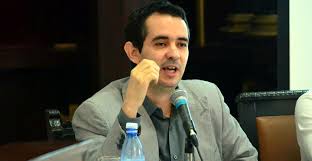
Dr. Pavel Vidal




